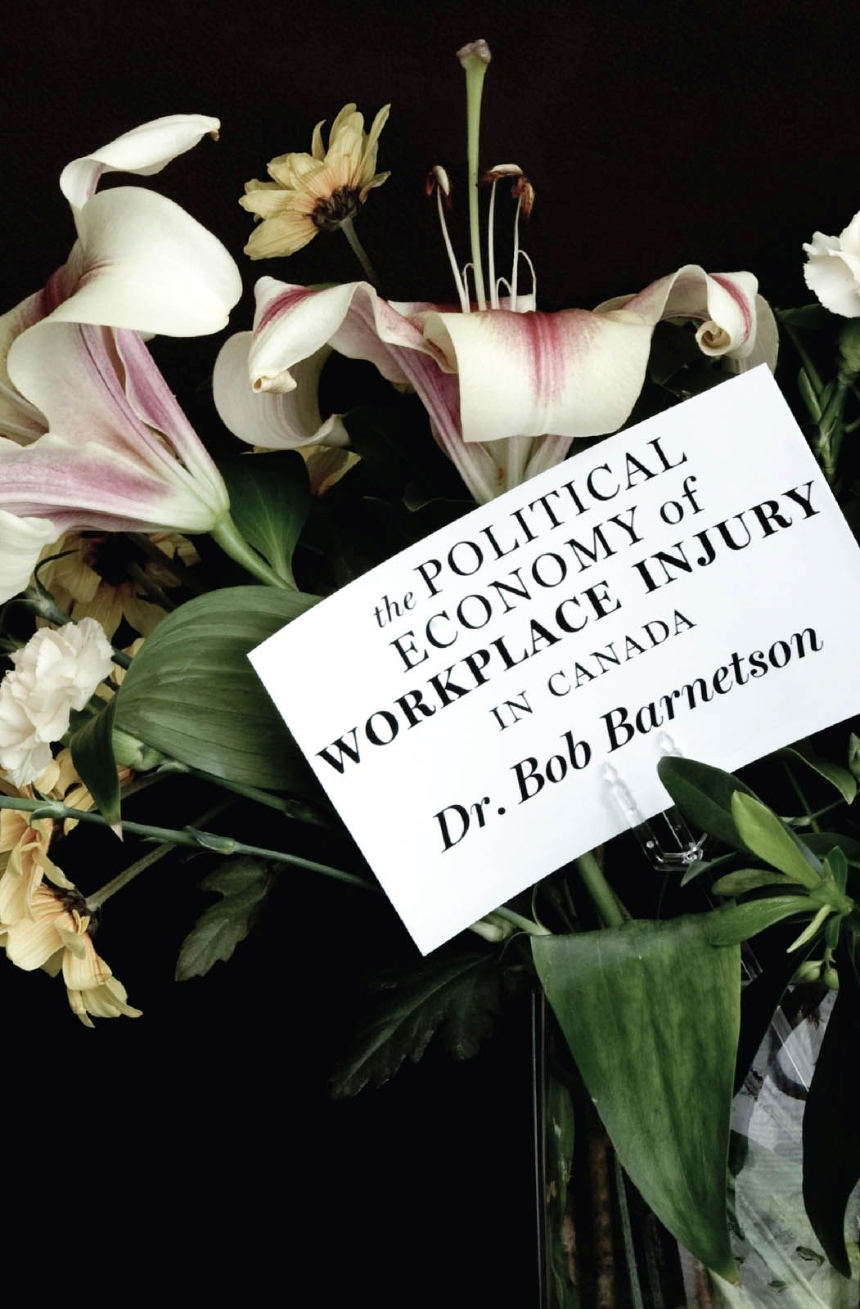Distributed for Athabasca University Press
The Political Economy of Workplace Injury in Canada
Table of Contents
Introduction 1
Part One. Employment Relationships in Canada 11
Part Two. Preventing Workplace Injury 27
Development of occupational health and safety in Canada 28
Canada’s OHS system today 42
Conclusion 46
Part Three. Critique of OHS in Canada 47
Recognizing injury and hazards 48
Regulating workplace hazards 59
Conclusion 85
Part Four. Political Economy of Preventing Workplace Injury 89
Why regulate ineffectively? 89
Injury in the new economy 99
Conclusion 103
Part Five. Compensation of Workplace Injury 105
Workers’ compensation in Canada 106
Injury recognition revisited 111
Conclusion 122
Part Six. Worker Benefits and Claims Management 125
Earnings-loss benefits 126
Other benefits 129
Funding workers’ compensation 135
Conclusion 143
Part Seven. Managing Workers via Injury Compensation 145
Claim adjudication and administration 147
Appeals 150
Privatization and abolishment 157
Precarious employment 167
Conclusion 171
Part Eight. Conclusion 173
Notes; Select Bibliography; Index
